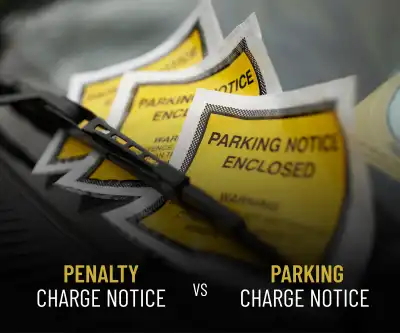
Snake Pass is one of the UK’s most famous driving routes, known for its stunning scenery and frequent road closures. But with ongoing landslips making repairs increasingly costly, there are warnings that it could close to cars permanently. What does the future hold for this historic road?
Built between 1818 and 1821 as a toll road linking Sheffield and Manchester, Snake Pass was never financially successful. High-altitude exposure meant snow closures in winter, and unstable ground made it prone to landslips.
When railways arrived in the 1840s, the road was largely abandoned until cyclists and motorists rediscovered it in the early 20th century.
Despite common belief, civil engineer Thomas Telford had no involvement in its construction.
“It says all over the internet that it was built by Telford, but there’s no evidence for that,” said Roger Hargreaves of the Glossop Heritage Trust.
Why is it Called Snake Pass?
While many assume the name comes from its twisting route, it actually originates from The Snake Inn, a 19th-century pub on the road. The Duke of Devonshire’s snake emblem adorned the building, and the name stuck. The pub later became The Snake Pass Inn but closed in 2019, though its self-catering accommodation remains open.
Why Does the Road Keep Closing?
Frequent landslips and extreme weather conditions make Snake Pass one of the UK’s most fragile roads. Winter snow regularly forces closures, and heavy rain increases the risk of landslides.
“We have over 200 landslips across Derbyshire,” said Charlotte Cupit, Derbyshire County Council’s cabinet member for transport. “Snake Pass bears the brunt of extreme weather because of its high altitude.”
Could It Close for Good?
The council is struggling to fund major repairs. A key section at Alport has already lost half its width, with traffic lights allowing single-lane use. Large-scale repairs could cost millions—money the council doesn’t have.
Although the road connects Sheffield and Manchester, its upkeep falls under Derbyshire County Council rather than a central transport budget. The council has requested government funding, but the Department for Transport has stated it is “not responsible for Snake Pass.”
With four active landslips already affecting the road, there is concern that a major collapse could force permanent closure—similar to the A625 road near Mam Tor, which was abandoned in 1979 due to repeated landslides.
A Future as a Cycling and Walking Route?
If Snake Pass closes to cars, some believe it could become a top cycling and walking destination. The road has featured in the Tour of Britain and is a well-known challenge among cyclists.
Cycling campaigner Harry Gray believes it could be transformed into a route similar to the Monsal Trail, which attracts over 300,000 visitors annually and boosts the local economy.
“Snake Pass could become one of the most famous walking and cycling routes in Britain,” he said.
For now, the fate of Snake Pass remains uncertain. Whether it stays open to vehicles or becomes a dedicated cycling and hiking trail, its legacy as one of the UK’s most iconic roads will endure.




